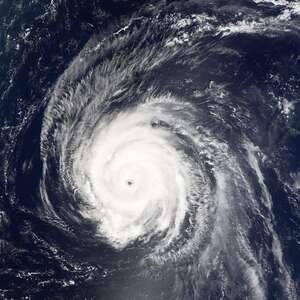Latest News
GSL/PSL partner with AI startup to make observational data AI-ready
NOAA’s Physical Sciences Laboratory and Global Systems Laboratory and the artificial intelligence startup Brightband have entered into a two-year Cooperative Research And Development Agreement (CRADA) that will optimize a vast NOAA-managed archive of observational weather data for training artificial intelligence (AI)-based weather forecasting applications.Under the CRADA, “Making NOAA Observation Data...
The person underneath the umbrella
Weather touches every part of our lives–our flights, utility bills, commutes, work days, soccer games, and even our moods. For over a half century, NOAA has been studying the skies to better understand how our atmosphere works. Our efforts have led to rapid advances in weather detection and atmospheric modeling...
Hurricane Helene tests Hazard Services
Several NOAA National Weather Service Forecast Offices (NWS WFOs), including Charleston, SC (CHS) have been testing the latest version of Hazard Services for convective operations. The WFO issued 39 tornado warnings, 28 special marine warnings for waterspouts, and dozens of followup statements during Hurricane Helene. “We were really pleased with...











